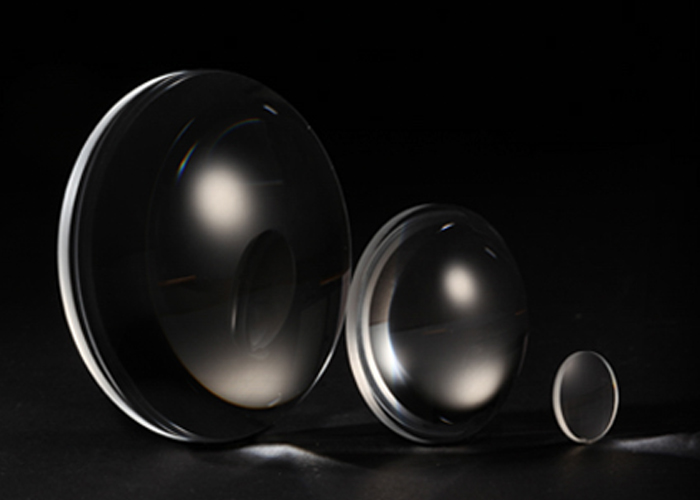Stepper motor, also known as pulse motor, is an open-loop control motor that converts electrical pulse signals into angular displacement or linear displacement, and is the main executive element in modern digital program control systems, installed near the governor of the engine.
Stepper motor consists of rotor, stator and coil. From the form of its structure can be divided into reactive stepper motor, permanent magnet stepper motor, hybrid stepper motor, single-phase stepper motor, planar stepper motor and other types. It has the characteristics of low speed rotation, open circuit (no feedback) position control, etc., and is used as an important executive component in CNC machine tools, intelligent instruments and automatic control. The working principle is the use of electronic circuit, the direct current into time-sharing power supply, polyphase timing control current, with this current for the stepper motor power supply, the stepper motor can work normally, the driver is for the stepper motor time-sharing power supply, polyphase timing controller.
1, the accuracy of the general stepper motor is 3-5% of the stepping Angle, and does not accumulate.
2, the maximum allowable temperature of the stepper motor appearance.
The temperature of the stepper motor is too high, which will first demagnetize the magnetic material of the motor, resulting in a decrease in torque or even a loss of step, so the maximum temperature allowed on the surface of the motor should depend on the demagnetization point of the magnetic material of the different motor; Generally speaking, the demagnetization point of the magnetic material is above 130 degrees Celsius, and some are even as high as 200 degrees Celsius, so the external temperature of the stepper motor is completely normal at 80-90 degrees Celsius
3, the torque of the stepper motor will decrease with the increase of the speed.
When the stepper motor rotates, the inductance of each phase winding of the motor will form a reverse electromotive force. The higher the frequency, the greater the reverse electromotive force. Under its action, the phase current of the motor decreases with the increase of frequency (or speed), resulting in a decrease in torque.
4, the stepper motor can operate normally at low speed, but if it is higher than a certain speed, it cannot be started, and accompanied by whistling.
Stepper motor has a technical parameter: no-load starting frequency, that is, the pulse frequency that the stepper motor can start normally under no-load conditions, if the pulse frequency is higher than this value, the motor can not start normally, may occur out of step or blocked. In the case of load, the starting frequency should be lower. If you want to make the motor reach high speed rotation, the pulse frequency should have an acceleration process, that is, the starting frequency is low, and then it rises to the desired high frequency according to a certain acceleration (the motor speed rises from low speed to high speed).
With its remarkable characteristics, stepper motor plays an important role in the era of digital manufacturing. With the development of different digital technologies and the improvement of the stepper motor itself, stepper motors will be applied in more fields.
Main characteristics
1, the stepper motor must be driven to run, the drive signal must be a pulse signal, when there is no pulse, the stepper motor is stationary, if the appropriate pulse signal is added, it will rotate at a certain Angle (called step Angle). The speed of rotation is proportional to the frequency of the pulse.
2. The stepping Angle of the three-phase stepper motor is 7.5 degrees, and a circle of 360 degrees requires 48 pulses to complete.
3, the stepper motor has the superior characteristics of instant start and rapid stop.
4, change the pulse order, you can easily change the direction of rotation.
Therefore, printers, plotters, robots and other equipment are stepper motor as the power core.












